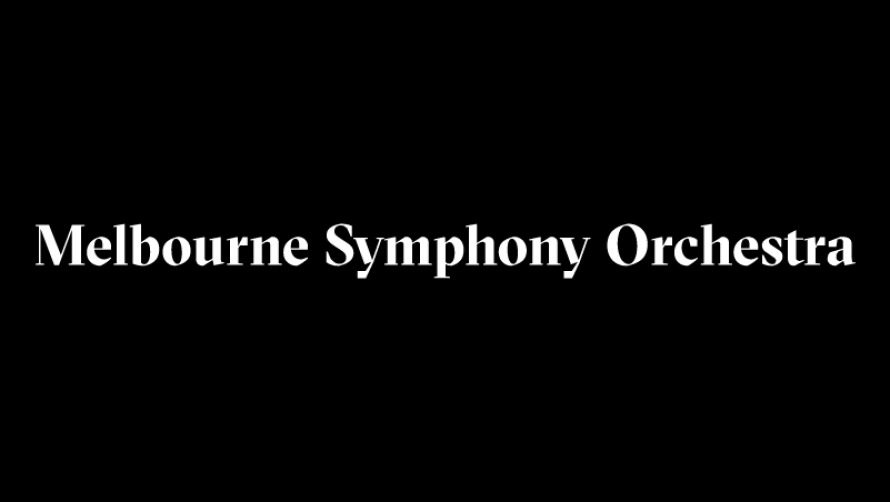Richard Strauss’ Four Last Songs are traditionally regarded as the last gasp of Romantic music, despite being written decades after its “official” demise. I prefer to bestow that mantle on Mahler’s Tenth Symphony, albeit only the so-called “torso” of the first movement and the tiny intermezzo-like purgatorio are completely orchestrated by him. Recent years have seen a plethora of different versions but Mark Wigglesworth cleaves to the original performing edition by Deryck Cooke. The performance is a superb achievement – sonically, interpretively and in execution.
The opening Adagio sets forth like a stately galleon sailing into dark waters which seem to lap at the boundary of where the Ninth Symphony stopped. The dissonant shards are well handled and intensify the anguish. Both the second and fourth movements are scherzi and both exude Mahlerian ambiguity: febrile Viennese gaiety and even exaltation, undermined by nervous fluctuating metrical changes, with nostalgic violas in the second, alternating with a dance of death, again, similar to the Rondo burleske in the Ninth.
The pivot is the purgatorio movement, barely five minutes long, which starts innocently but soon becomes insidious. My only criticism relates to the start of the final Adagio, where the score calls for muffled bass drum blows: what we hear is far from muffled. Here, Cooke has Mahler’s music straining at tonality and the solo flute emerges from darkness and despair to offer balm. After the anguish has abated, the final bars are like listening to breath ebb from a dying body. Never has Romantic music experienced so exquisite a death.












Comments
Log in to join the conversation.